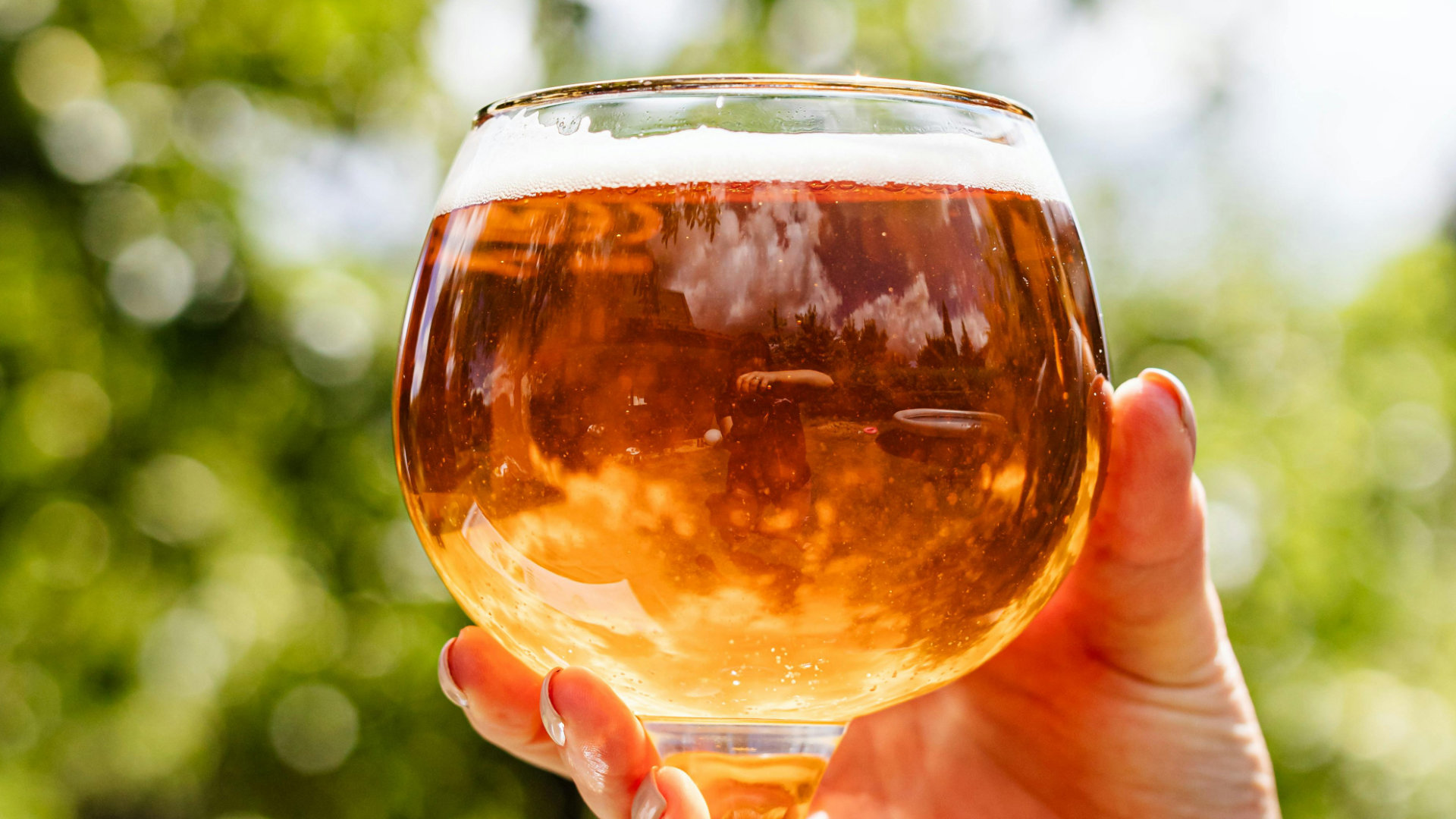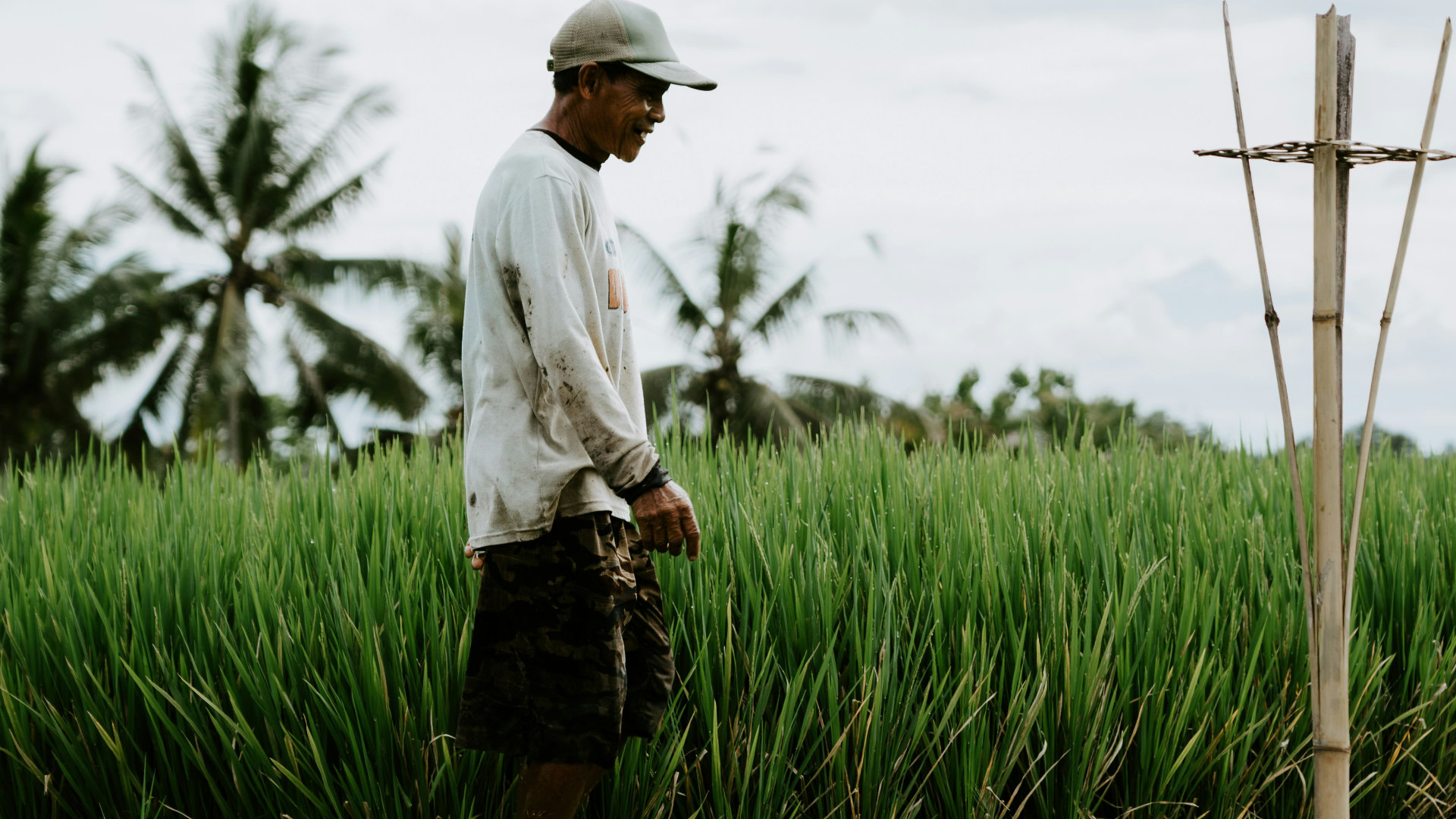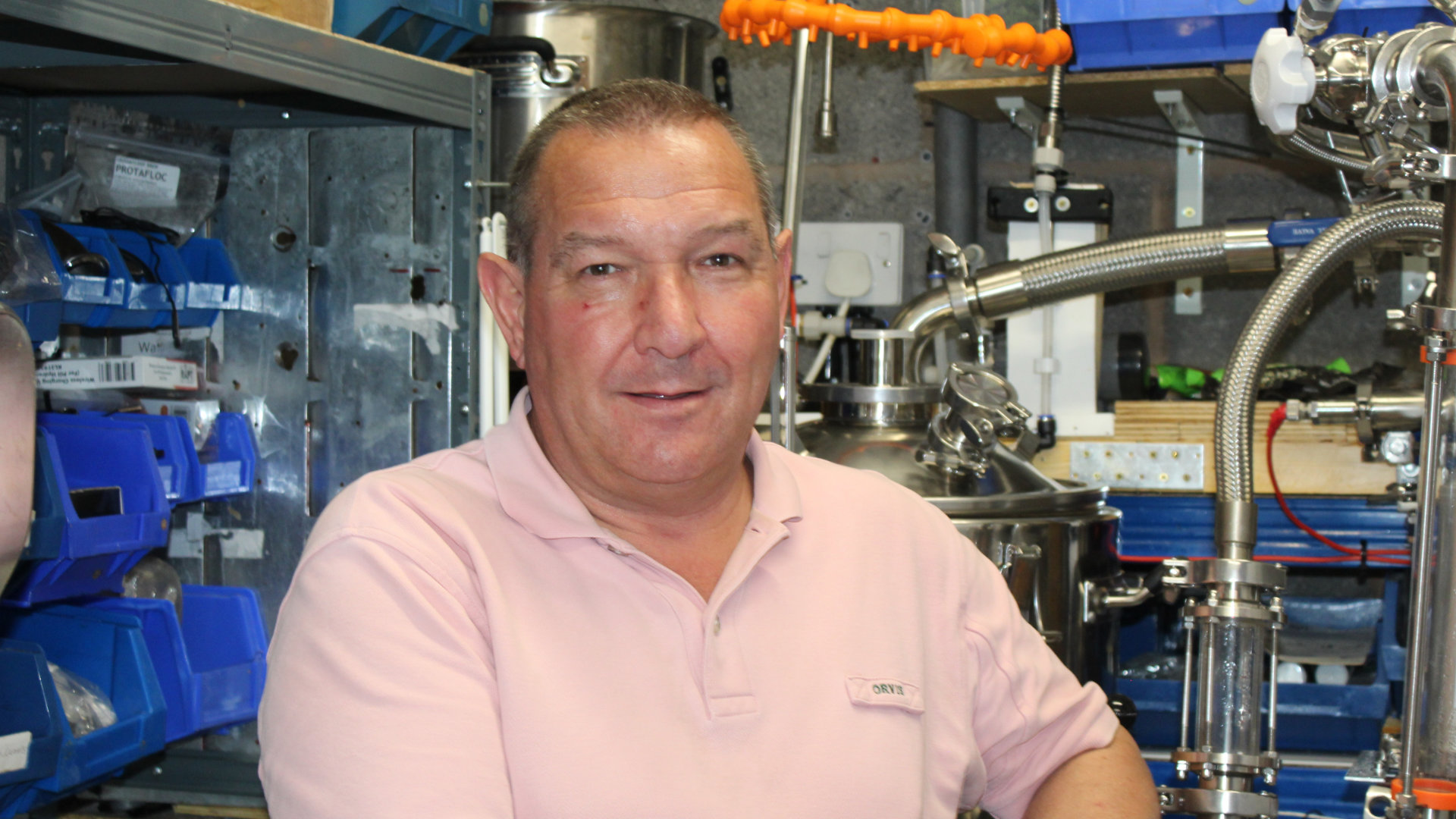Whether you’re crafting a crystal clear pilsner or a juicy IPA, understanding flocculation helps you shape the final pour - not just how it looks, but how it feels and tastes.
In the world of brewing, few processes are as quietly influential as flocculation. It’s not flashy like dry hopping or dramatic like a vigorous boil, but the microscopic choreography of yeast cells clumping together and settling out of suspension shapes everything from clarity to flavour, and even brewing efficiency.
Flocculation begins near the end of fermentation, when yeast cells, having consumed most of the available sugars, start to aggregate. These clusters, or ‘flocs’, either sink to the bottom of the fermenter or rise to the top, depending on the yeast strain. The process is driven by proteins on the yeast’s surface - called flocculins - that bind to sugars on neighbouring cells, forming a kind of biological Velcro. Once flocculated, yeast becomes inactive leaving behind a clearer beer and a sediment layer that’s easy to separate.
But not all yeast behaves the same, and this is evident when it comes to flocculation. Some strains are highly flocculent, dropping out early and producing bright, crisp beers with minimal haze. These are ideal for styles like lagers, bitters, and pale ales, where clarity and clean finishes are prized. Others are low-flocculating, remaining suspended long after fermentation ends. These strains are essential for hazy styles like hefeweizens, witbiers, and New England IPAs, where yeast in suspension contributes to mouthfeel and flavour.
And then there are medium-flocculating strains which strike a balance, often used in versatile styles like amber ales or porters. They settle out gradually, allowing for full attenuation while still offering some haze and complexity.
Flocculation isn’t just about aesthetics - it affects fermentation performance, shelf stability and even filtration costs. Brewers often manipulate flocculation by adjusting temperature, pH, calcium levels, or even by selecting yeast from different layers of the fermenter to ‘train’ future generations. Highly flocculent yeast may drop out before fermentation is complete, leaving behind unfermented sugars or off-flavours like diacetyl. In these cases, brewers may rouse the yeast or recirculate the beer to finish the job. On the flip side, low-flocculating yeast can be stubborn, requiring cold crashing or fining agents to achieve clarity.
Ultimately, flocculation is a stylistic choice as much as a technical one. And it can be interesting to experiment with when brewing - whether you’re chasing brilliant polish or embracing the cloud!











